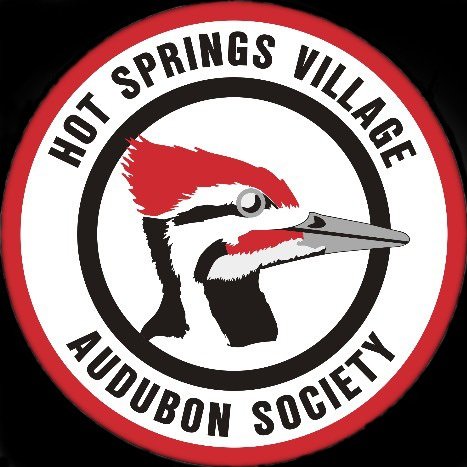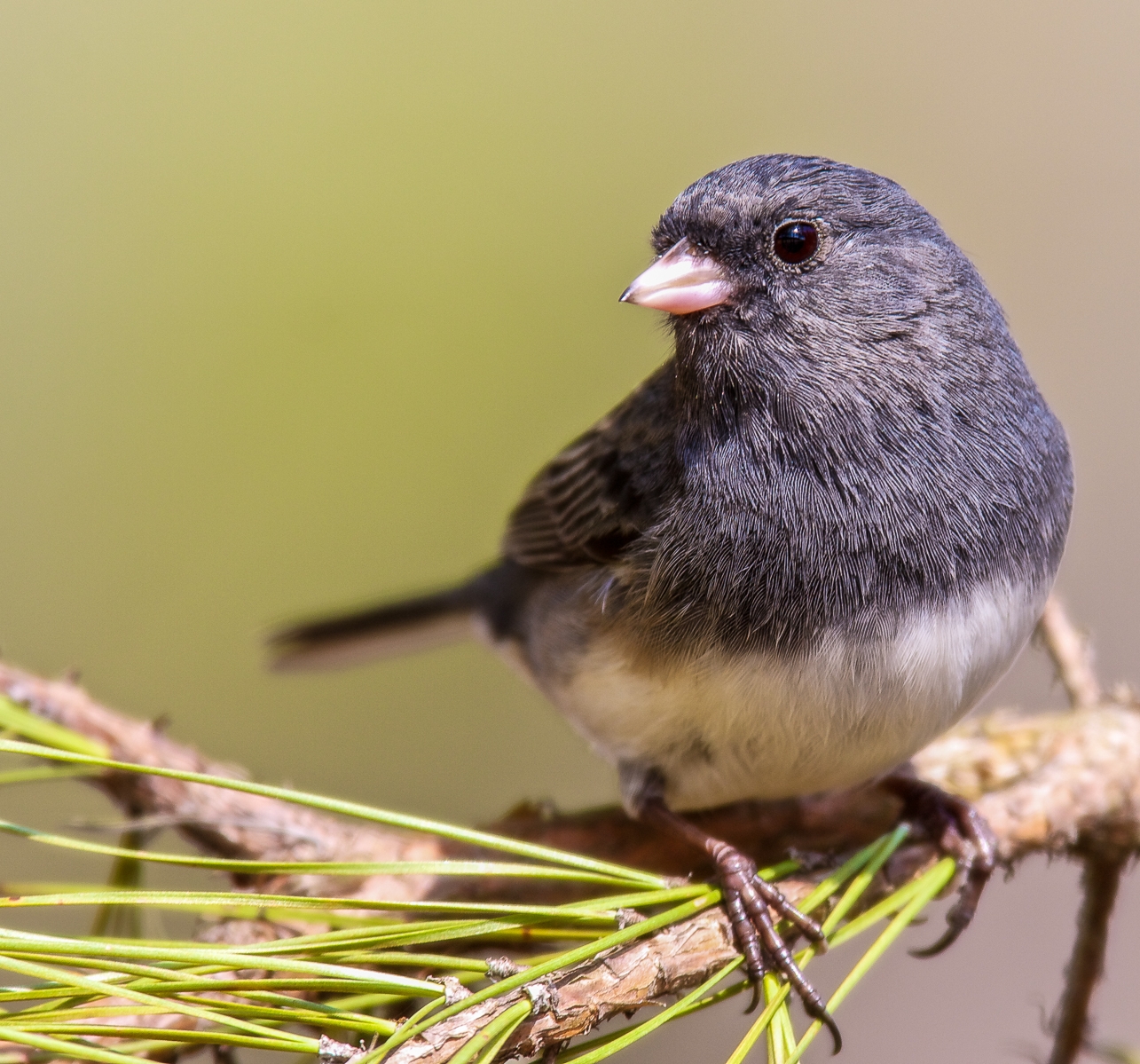Citizen Science Projects
Finding the birds is often more challenging than counting them. This Eastern screech owl blends quietly into a tree cavity.
Photo Vic Prislipsky
Christmas Bird Count
It's a simple thing. Count birds for one entire day, identify species, tally results and report to a national monitor - along with thousands of other citizens. Repeat the process annually for over a century.
That's Christmas Bird Count, the nation's longest-running citizen science bird project.
The CBC data fuels Audubon science and environmental issues throughout the year, with a vast collection of information about early winter bird populations. Ornithologists and conservationists recognize the value of the work done by CBC observers and resulting studies have produced over 200 significant articles. Further, Audubon shares CBC data with U.S. federal agencies to help them form the basis for important decisions about birds.
So, yes, this is important work.
HSV Audubon participates in the Christmas Bird Count in mid-December.
See Calendar of Events
for this year's date and plans, including a nice dinner to summarize our numbers and celebrate our work.
Great Backyard Bird Count & Project Feeder Watch
This dark-eyed junco is watching you, too! Photo Vic Prislipsky
It's easy, fun, free and beneficial. Join HSV Audubon, the National Audubon Society and Cornell University in another citizen science activity, the Great Backyard Bird Count or Project FeederWatch.
"Participants can explore real-time maps and charts that show what others are reporting during and after the count.
Last year, more than 160,000 participants submitted their bird observations online, creating the largest instantaneous snapshot of global bird populations ever recorded." - National Audubon Society
Recent observations have helped scientists at the Cornell Lab of Ornithology discover a correlation between snowfall and robin distribution: They don't like snow covers of more than 5 inches.
You can find other citizen science projects at
Cornell Lab of Ornithology
For more information about birds, the landscape and the environment, check out National Audubon Society, the EPA and
the American Bird Conservancy.
Climate Watch. So Easy. So Important.
We focus on bluebirds and nuthatches. eastern bluebird, male. Photo by Curt Carlson.
Climate change is the biggest threat to birds around the world.
You can help by counting climate-threatened species.
Over half of North American bird species will lose more than 50 percent of their current climatic range by 2080, according to Audubon’s Birds and Climate Change Report.
Climate Watch aims to document species’ responses to climate change by having volunteers in the field look for birds where National Audubon’s climate models project they should be in the 2020s.
HSV Audubon will participate by tracking and reporting on:
bluebirds and nuthatches
teams of 2 people, 6 locations for each team
total 48 specific locations (most are on a golf course)
stay for 5 minutes at each location
twice a year







